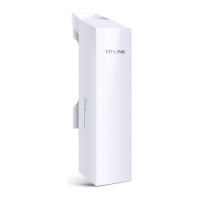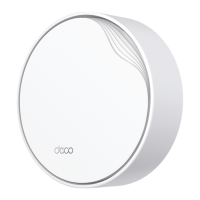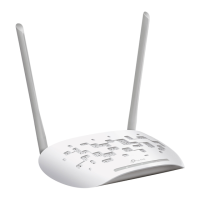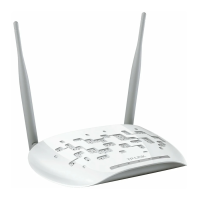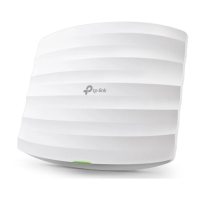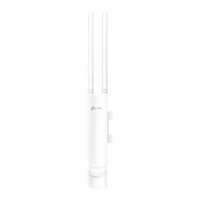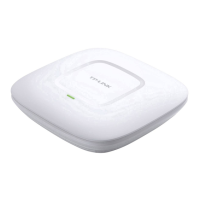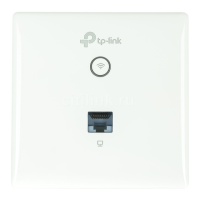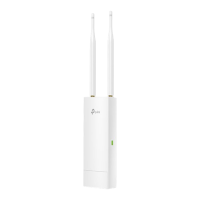Do you have a question about the TP-Link Pharos CPE510 and is the answer not in the manual?
Lists all items included in the package for the outdoor CPE.
Explains the function of each LED indicator on the CPE.
Details the physical ports and buttons on the CPE and PoE adapter.
Guidance on choosing an optimal location and orientation for the CPE.
Instructions on aligning the CPE based on its beamwidth and location.
Step-by-step guide to connecting the CPE and power adapter.
Steps for physically mounting the CPE at the chosen location.
Instructions for securely mounting the power adapter.
Methods for protecting the device from lightning and ESD attacks.
Steps to access and log into the CPE's web interface.
Guides on configuring the CPE for common network setups.
Procedures to reset the CPE to its original factory settings.
Formula and method to determine the optimal mounting height for signal strength.
Explanation of the proprietary MAXtream protocol and its benefits.
Guide on using spectrum analysis to find the best wireless channel.
Lists all items included in the package for the outdoor CPE.
Explains the function of each LED indicator on the CPE.
Details the physical ports and buttons on the CPE and PoE adapter.
Guidance on choosing an optimal location and orientation for the CPE.
Instructions on aligning the CPE based on its beamwidth and location.
Step-by-step guide to connecting the CPE and power adapter.
Steps for physically mounting the CPE at the chosen location.
Instructions for securely mounting the power adapter.
Methods for protecting the device from lightning and ESD attacks.
Steps to access and log into the CPE's web interface.
Guides on configuring the CPE for common network setups.
Procedures to reset the CPE to its original factory settings.
Formula and method to determine the optimal mounting height for signal strength.
Explanation of the proprietary MAXtream protocol and its benefits.
Guide on using spectrum analysis to find the best wireless channel.
| Wireless Standards | IEEE 802.11a/n |
|---|---|
| Frequency | 5 GHz |
| Antenna Gain | 13 dBi |
| Wireless Security | WEP, WPA/WPA2, WPA-PSK/WPA2-PSK |
| Operating Temperature | -30°C~70°C (-22°F ~158°F) |
| Storage Temperature | -40°C~70°C (-40°F ~158°F) |
| Frequency Range | 5.15~5.85 GHz |
| Antenna | 13dBi Dual-Polarized Directional Antenna |
| Transmit Power | Max. 27dBm (Adjustable power by 1dBm) |
| Operating Modes | AP / Client / Repeater / AP Router / AP Client Router (WISP) |
| Ethernet Ports | 1 x 10/100 Mbps |
| Interface | RJ45 |
| PoE | Passive PoE |
| Power Supply | Passive Power over Ethernet via LAN0 (+4, 5pins; -7, 8pins) Voltage Range: 16-27VDC |
| Max Power Consumption | 10.5 Watts |
| Power Consumption | 10.5 Watts |
| Humidity | 10%~90% non-condensing |
| Dimensions | 224 x 79 x 60 mm |

